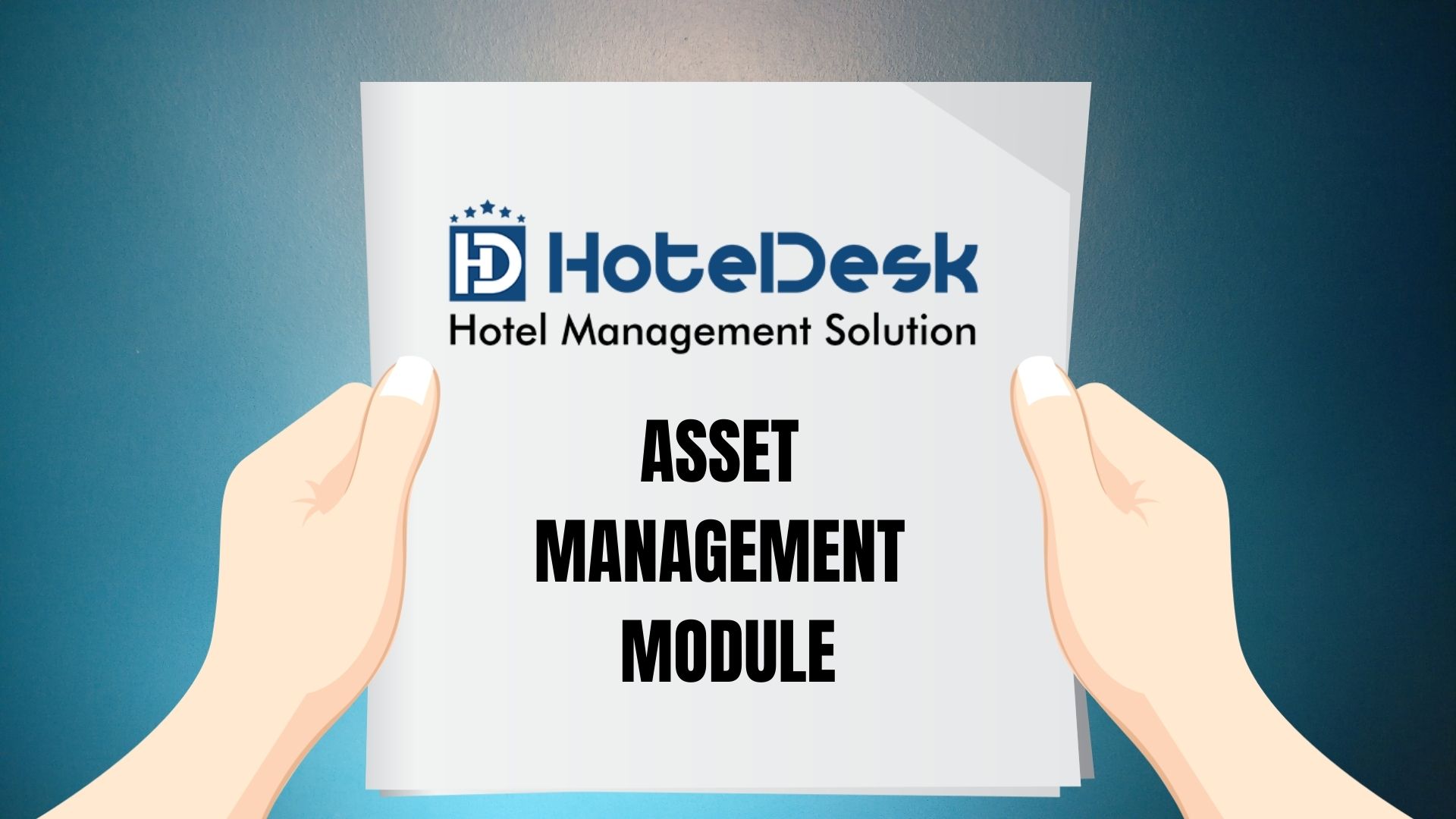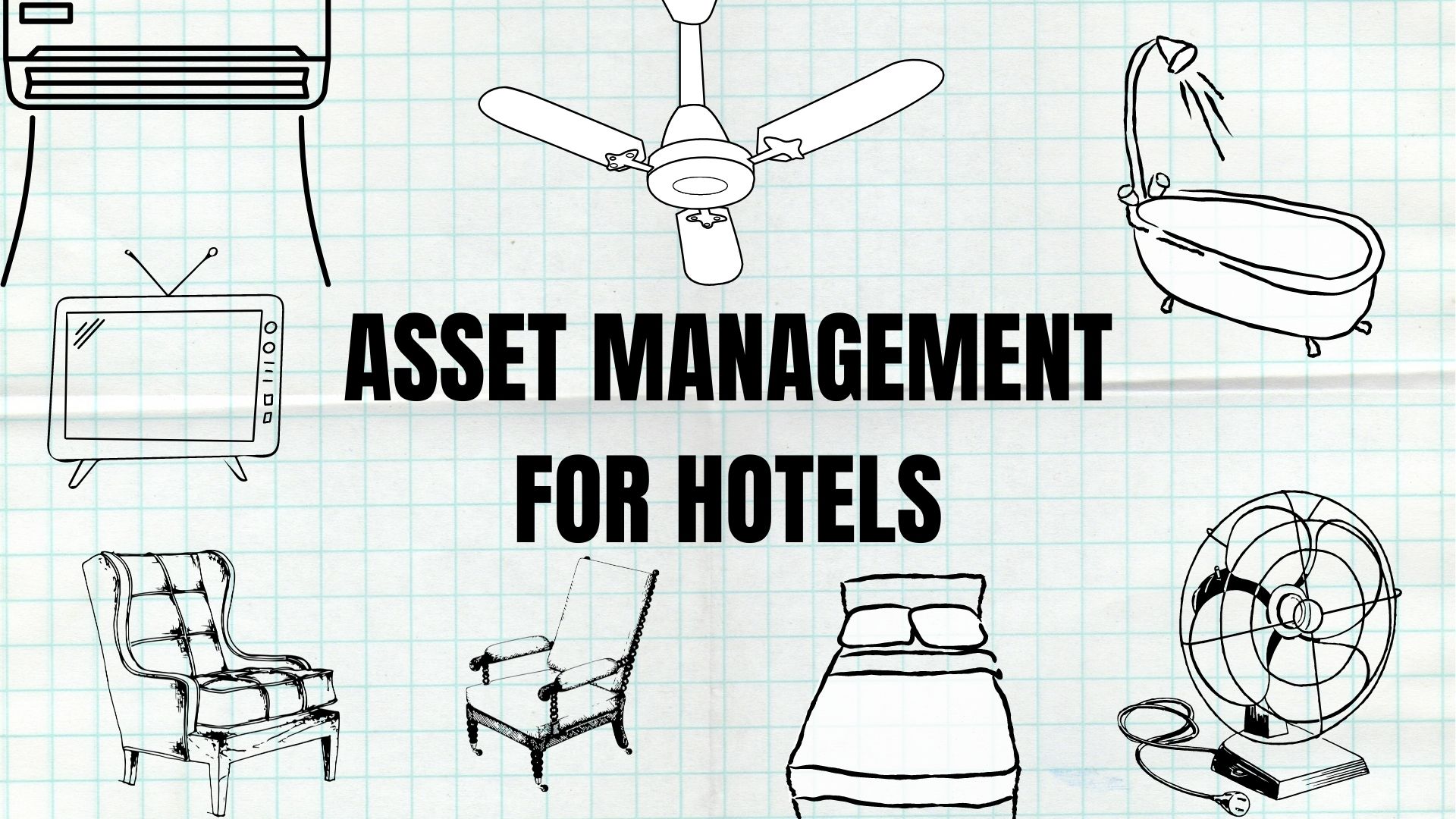Profits from cost savings on assets. How?
The ultimate aim of any firm is to make profits. The same applies to hospitality firms like hotels, resorts, villas, motels etc. These hospitality firms have to gain customer satisfaction in order to survive in the industry. On the other hand, they strive to make profits. So, what should they do, to make profits, rather than usual? They can’t compromise in satisfying customers. So, they have to look for other ways to eliminate unnecessary costs. One of the ways, is “Asset and Maintenance Management”. It is the process by which, organizations track their assets, plan maintenance activities throughout the lifecycle of the asset. Assets are the electricals, electronics, furniture, which are present in a hotel. The result of asset management is the extension of lifetime of assets. Asset Management avoids the frequency of purchase of new assets for the firm. If Asset Management is a new topic for you, we will fix things for you through this article. But before all that, w suggest you have a look at our previous article on Cashiering, Guest History and Housekeeping.
If you are an avid traveler, you can check out our previous articles on Hill Resorts, Beach resorts, Transit Hotels and Motels.
At the end of this article, you will be clear with,
- What is meant by tracking assets?
- The problems of not tracking assets
- Asset Management in detail
- Steps in Asset Management
- Advantages of Asset Management
- Points for effective AM Implementation
- Asset Management Module from HotelDeskPMS
What is meant by tracking assets?
The primary process in Asset Management is “Asset Tracking”. Asset Tracking begins with assigning a unique identification number to an asset. Then, the details of the asset is recorded in the central system. The details of the asset, include its name, date of purchase, the type of maintenance i.e, AMC or Preventive Maintenance and the vendor responsible for the asset’s maintenance. The lifecycle of the asset is divided into three stages, installation, maintenance and disposal. The vendor is responsible for the efficient functioning of the asset throughout the maintenance phase of its lifecycle. Once the details are entered into the system, the regular monitoring of the asset begins. Asset tracking ends, once the asset is disposed off or not in use anymore.
Asset Management is the need of the hour.
The problems of not tracking assets
There are, in fact, lot of problems associated with assets not being tracked. When firms run their businesses without tracking their assets, these are the problems they will face,
- Frequent Breakdowns of assets
- Inability to provide individualized attention to assets in the firm
- Reduced time interval between buying new assets
- Lot of complaints from customers
- Less efficiency in managing hotel operations
- Increased maintenance costs
All the above problems will affect customer satisfaction during their stay. There are possibilities of additional problems, when firms don’t track assets.
Asset Management in detail
Asset Management is the coordinated activities of a firm to realize value from physical assets. In simple words, Asset Management deals with focusing on assets to facilitate lifetime extension for assets. This will help firms to spend less on acquiring new assets frequently. The outcome of asset management is realization of complete value of the asset. So, Asset Management is sure to be beneficial for firms in the long run, thereby helping firms to use their profits for other purposes.
Steps in Asset Management
The following are the steps in effective implementation of asset management,
- Create a list of Assets
- Extract details of Assets
- Assign a Unique Identification Number for the assets
- Assess the current condition of assets
- Create a maintenance schedule for assets
- Implement planned maintenance activities
- Periodically track assets
Advantages of Asset Management
The benefits of Asset Management are numerous. Given below, are advantages a firm will have, when it has adopted an asset management system,
- Accurate tracing of assets
- Better decision making on assets
- Reduced breakdown of assets
- Better customer service
- Efficient management of operations
- Reduced time interval between buying new assets
Points for effective Asset Management
Though there are numerous advantages of implementing Asset Management, there are many challenges involved in implementing Asset Management,
- Innovative culture of the organization
- Ability to implement new technology into traditional practices
- Employee readiness to adapt to new technology
- Ability to collect and maintain asset data
When these challenges are overcome by the organization, effective implementation of asset management is possible.

Asset Management Module from HotelDeskPMS
HotelDeskPMS brings you user-friendly, efficient Asset Management solutions for your hotel. Asset Management solution from HotelDeskPMS has features like, Asset creation, Vendor creation, Work order creation, Report generation and many more. To know in detail about the Asset Management solution from HotelDeskPMS,
Contact us
+91 8220099899
Wishing you a profitable business!!








